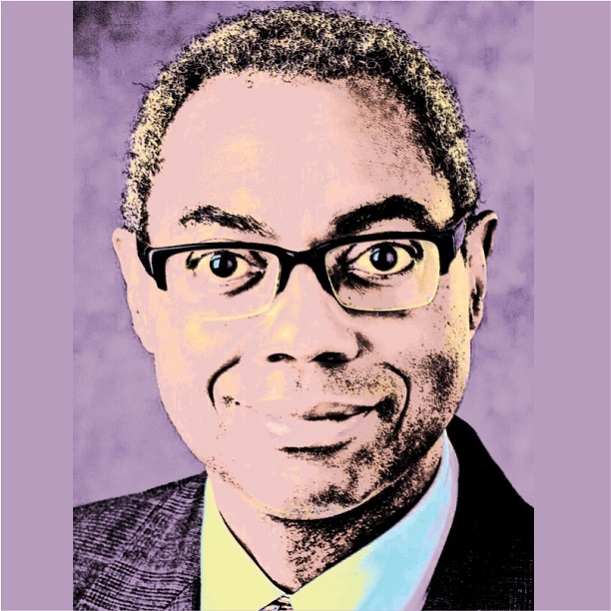
Busting the following myths-
MYTH 1: Bringing diverse people into an organisation over those from the dominant culture amounts to a zero-sum game where there are winners and losers.
MYTH 2: Our mission is to improve opportunities for marginalised groups, so we are reaching some diverse people and communities.
MYTH 3: Our organisation works within an area that is not diverse, so this is not relevant.
MYTH 4: The leaders (including board and executive staff mem and executive staff members) of our organisation are well-meaning and not biased.
MYTH 5: Our organisation has been fulfilling its mission and has never been accused of discrimination, bias, or not being welcoming or accessible. It has not been a problem for us.
MYTH 6: Our organisation would like to have more diverse leadership (board and staff), but we cannot seem to recruit diverse people to fill these positions.
MYTH 7: Hiring a non-dominant culture leader will solve DEI issues within our organisation.
MYTH 8: DEI is expensive. We do not have the resources to address it.
Log In or become an AIMA member to read more articles
